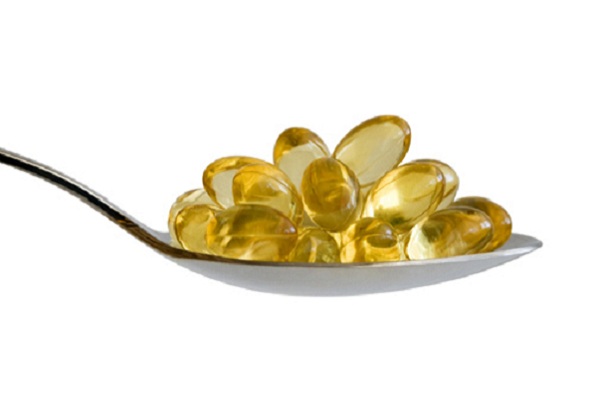First, let’s talk about how the fatty acids are named. “Essential” means needed, thus our bodies don’t make the fatty acid. The biochemical structure is what makes them fatty acids and helps with the different names. “Fatty” means the EFAs are used in the body in lipid (fatty) layers of cells and tissues. Where the first double bond is in the fatty acid molecule helps in the naming – an omega-3 fatty acid has the first double bond 3 carbon atoms from the naming end; an omega-6 has 6 carbon atoms until the first double bond;…
Read MoreCategory: Good Pawrenting
Our dogs & bites….
Our furry friends bite an estimated 4.5 million Americans each year, according to the Centers for Disease Control and Prevention, sending almost 1,000 people to emergency rooms every day. Although that means bites are relatively common, the risk of contracting rabies is much lower than most people think (in the United States, anyway, where dogs are immunized for it; in other countries, the risk is higher). The majority of dog bites are minor and don’t require stitches, but make sure to wash the bite area thoroughly withsoap and lots of water.…
Read MoreThe skinny on soy: Exposing a popular pet food protein
W. Jean Dodds, DVM: Hemopet / NutriScan As those of you who read my posts and follow my work are aware, I advocate that optimum health begins with optimum nutrition. This is not just an “opinion”; it is a fact born out by the latest scientific research, which is focused on functional foods designed for the individual person or animal. This is also referred to as nutrigenomics. Nutrigenomics (which I will talk much more about in the coming months and in our upcoming book titled, Nutrigenomics: Foods that Heal Your…
Read MoreUnhappy tummies may be prevented…
By Robert Mueller: Vomiting and diarrhea – Cleaning up after our pets is NEVER fun for anyone. Something has caused your poor pooch to be sick whether from a one time occurrence like getting into the garbage or from years something in their diet slowly wearing down their tolerance. Either way, you are stuck scrubbing the carpet and your pet is miserable. How did this happen and how do you get out of this mess? Other than skin and allergy issues, which are the #1 problem that plagues our companion animals,…
Read MorePreventive veterinary care is sexy too
By: Michael Paul, DVM DVM NEWSMAGAZINE Time to make the ugly stepsister of veterinary medicine an important member of the family. As veterinarians, we tend to find diagnosing and managing disease and treating injuries a gratifying and brag-worthy part of our jobs. And in these cases, clients tend to be openly appreciative of our heroics. A successful diagnosis and treatment also gets veterinary team members excited, and a positive outcome results in high fives all around the clinic. But clients also seek our help for information, services and products, and…
Read MoreIs your dog at risk of hormone disease?
We hear about it in the vets office, media, from dog owners at dog parks. Hormone disorders are on the rise and just hearing about it is enough to send most of us dog owners into a panic. The good news is, a hormone disorder is something a dog will usually live with, rather than die from, as long as proper care and medication is provided. What are hormones? Put simply, hormones are chemical messengers that affect the activity of cells and tissues throughout the body. Hormone disorders can affect…
Read MorePet treat illnesses and deaths out of control in the U.S.
Did you know that since 2007, the FDA has received over 2,200 reports of pets falling ill – and some have even died – from eating jerky treats?1 It’ sad but true. As guardian of your pet’s well being, you owe it to them and yourself to read this important, life-saving article. Please forward this to every pet owner you know and repost it on your favorite animal forums. It may just save the life of an innocent dog or cat. When I first heard about this story my first thought was, “Is this even possible?” I…
Read More3 tips for choosing quality dog treats
1. Make sure the treats are made from fresh, whole foods, and not inferior ingredients. One dead giveaway: if you can pronounce each ingredient with no problem, that’s a good sign! 2. Find out whether the ingredients are being sourced from the USA. Stay away from ingredients coming from China or products being manufactured in China. One way pet food manufacturers try and trick pet parents is that they will source and manufacture their products in China but pack and ship in the United States so they can…
Read More







